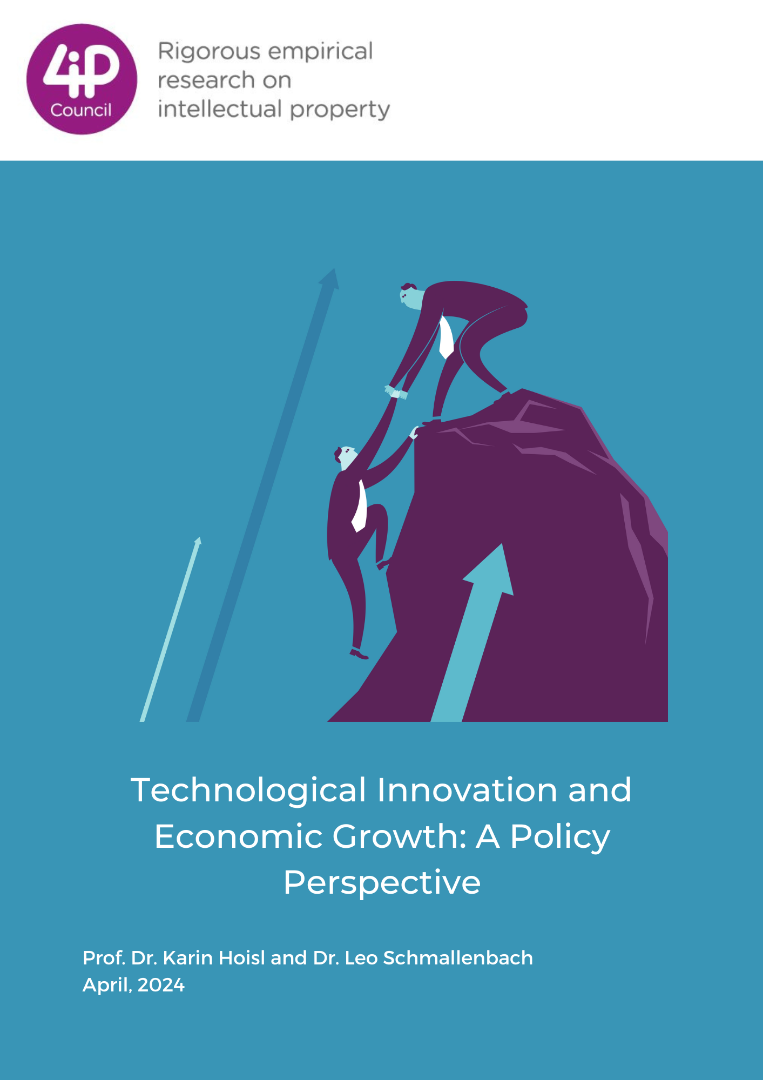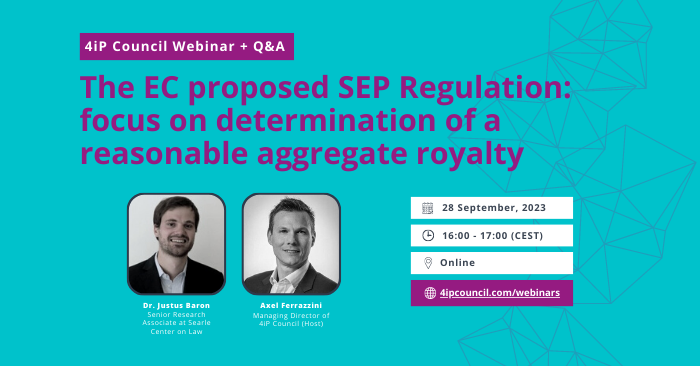Executive Summary by 4iP Council
Some stakeholders, and even courts, propose to evaluate the share of the value of a standard that can be attributed to a given Standard Essential Patent (SEP) owner's proprietary technology by counting its technical contributions made towards standard development. In his newly published paper, Counting standard contributions to measure the value of patent portfolios - A tale of apples and oranges, Justus Baron has used various databases with quantitative information about standard development at 3GPP to assess whether counts of contributions could be useful to assess the share of the value of a standard that can be attributed to the portfolio of a particular SEP holder. The results of various analyses converge and are, according to the author, overall rather discouraging. Contributions to standard development are not a suitable basis for apportioning the value of a standard between different SEP holders. As the author argues, the measure is prone to be easily manipulated and the apportioning of royalty payments by contribution counts would exacerbate commercial considerations and opportunistic strategies, which could hamper the technical work of (Standard Development Organizations) SDO’s working groups.
First, Justus Baron’s empirical analysis of the objective characteristics of contributions (such as their type, outcome, and context) reveals the extent of the heterogeneity among contributions. At the same time, accounting for these objective characteristics in contribution counts does not suffice to capture the technological significance of individual contributions. Second, Justus Baron carries out a sophisticated econometric analysis to test whether contribution counts provide meaningful information about the technological significance or value of companies' participation in standard development. He suggests that, if contribution counts by company provide information about the value of the company's technological contribution, contribution counts by technical specification should provide information about the significance and value of each specification. He uses two indicators of two different aspects of the significance of technical specifications: i) references given by other technical specifications, and ii) citations given by patent applications. As to the first one, references are a direct indicator of the use of the referenced standard; regarding the second indicator, patent citations are a widely used measure of the technological relevance of technical documents, as they indicate the relevance of the contained technical information for follow-on innovation.
The econometric analysis reveals that the correlation between contributions counts and quality of technical specifications is quite low, which in turn implies that the number of contributions is an imperfect indicator of the technological value of patent portfolios. The author notes that these findings are unsurprising given the nature of the standard development process. Contributions were never intended to give the authors of a contribution any form of ownership over the standard. Accordingly, contributions are not scrutinized as to whether they make a contribution to the standard that is sufficiently meaningful to deserve that recognition.
Justus Baron concludes his empirical analysis by noting that rewarding contribution counts creates incentives to make unnecessary or unjustified additions to technical specifications. More generally, tying royalty rates to the number of accepted contributions introduces strategic considerations into a consensus process designed to select the best technologies for standardization. If engineers participating in standard development had to worry that every contribution from another member that they accept results in an increase in the bill for using the standardized technology, the efficiency of the standard development process would be seriously damaged. If the number of contributions were to become a significant criterion for the redistribution of royalty proceeds, this number would be prone to manipulation to a larger extent than the number of patents: as there is no minimum technical contribution that a contribution needs to make, participants may inflate contribution counts through incremental or insignificant contributions. The standard development process is designed to allow all SDO members to participate, it aims at taking all expressed positions into account, and does not screen contributions for significance, originality or value. The process was designed to facilitate consensus-building, rather than distributing conflicting claims of ownership.







